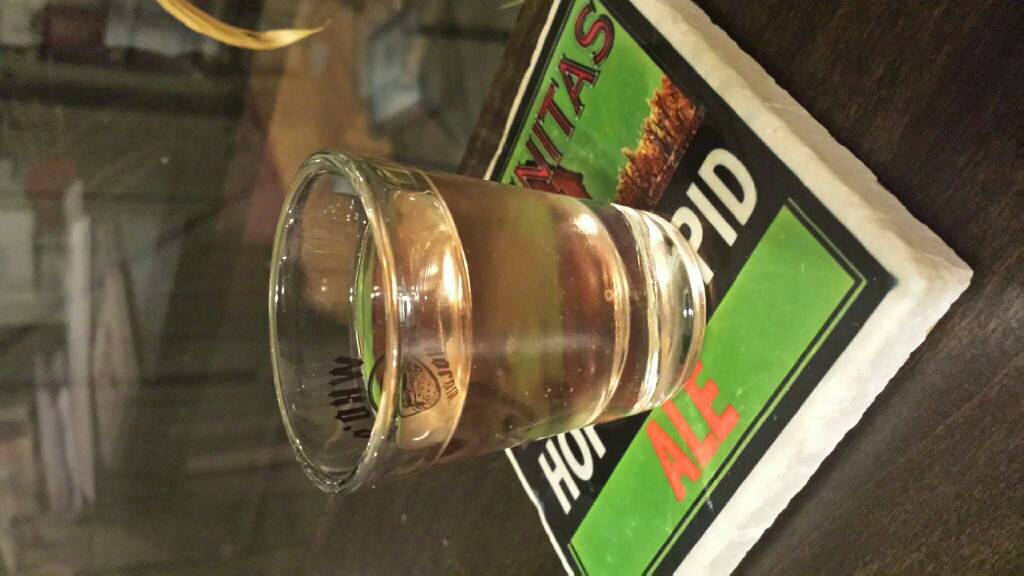I would also like to try this recipe with kōji mold. Has anyone here tried kōji mold?
Hats off to the OP,
You mean this stuff? http://www.amazon.com/dp/B00KTIWIWQ/?tag=skimlinks_replacement-20
There's a guy here who sells it on eBay for much less than Amazon.
Last edited by a moderator:









































